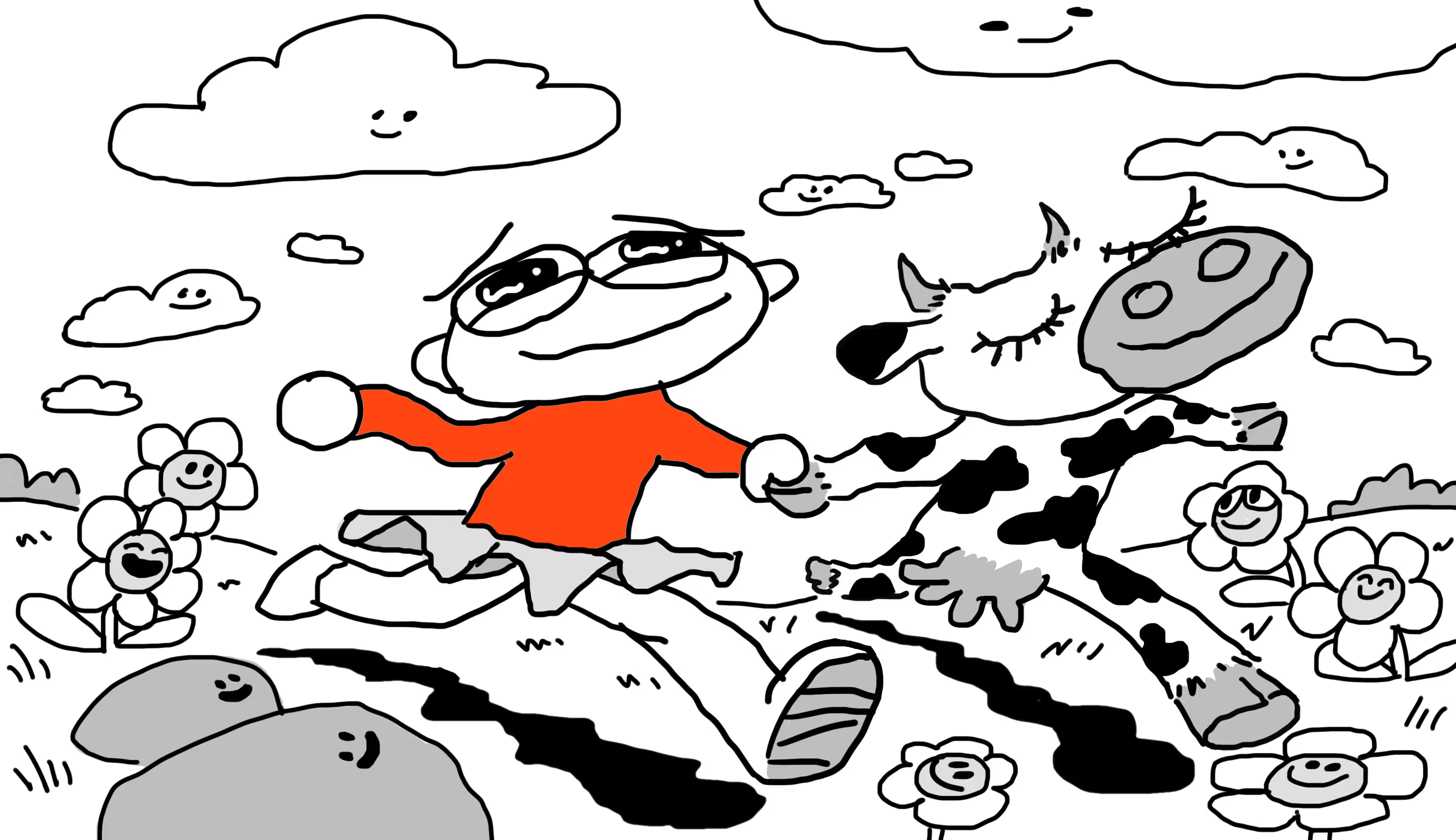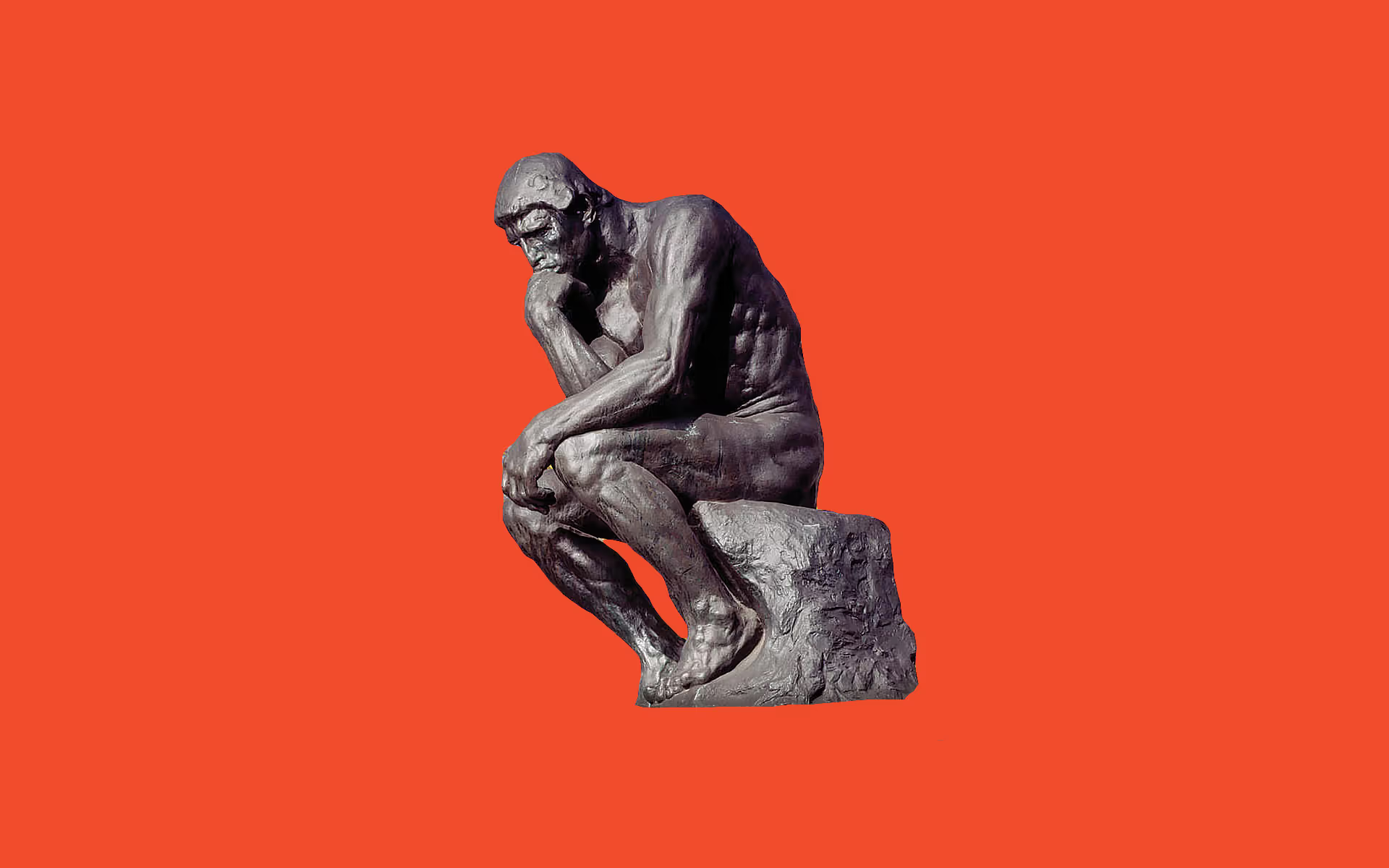It’s 1273. Marco Polo, a Venetian merchant and the first botanical explorer of the era, reaches China early in his legendary 24-year oriental adventure. In his journal, he writes:
“Asian men have equally beautiful breasts and are just as feminine as the women. They say it was all thanks to their diet being plentiful with a bean-like crop. My penis is as confused as my taste buds.”
That is of course, not true. I’m just saying things. I thought it’s appropriate to begin an article about soy with a lie. It’s tradition, nonetheless. Soy causing men to have breasts is one of many fallacies westerners have come to believe. We have all been fed juicy fabrications about soy for a long, long time. I also used to believe soy was a lesser food. When my auntie drank soy milk, my passionate mother ripped her to pieces. “How can you drink that genetically modified garbage?” was one of many falsehoods she threw at my poor, unsuspecting darling of an aunt. My mom - like many - also just says things.
Why are we in the west so misinformed and ignorant towards soy? It is arguably one of the richest and most nutritious foods on the planet. It literally sustains half of the human population. Men among them. Breast-less men. Just as horny, just as manly. Who would benefit from dissing on a legume? Who is spreading all the ridiculous lies? What industry fears the superior protein source? I wonder.
But the recent distortions of truth don't change the fact, that the west's relationship with soy has always been dissonant. Let’s for a second explore the strange history of our astonishingly slow acceptance of this amazing superfood.
A short history of how western men grew tits
West's indifference towards soy is a staple in the human pantry. Even the Dutch and Portuguese sailors, who have traded with China and Japan frequently from the end of the fifteenth century, were ambivalent towards it. Even when Europe was suffering from periodic famines, where the little bean could have been of great assistance.
In 1665, Friar Domingo Navarette wrote: “They drew the milk out of the Kidney-Beans and turning it, make great Cakes of it like Cheeses... All the Mass is as white as the very Snow... Alone it is in- sipid, but very good dress’d as I say and excellent fry’d in Butter. It is incredible what vast quantities of it are consum’d in China, and very hard to conceive there should be such abundance of Kidney-Beans. That Chinese who has Teu Fu (tofu) herbs and rice, need no other sustenance to work...”
How was the fact that a cheap and easy to produce crop can sustain a workforce, ignored by notorious slave owners? One would think our “human-owning tendencies” would spark at the news of such a food. Alas.
It was soy sauce that dazzled the Europeans. It was the first soybean product to be exported to the old continent and it became an immediate success. And to this day, we cannot resist the savoury complexity of the dark liquid temptress.
Let's skip centuries of disinterest and fast-forward to the year 1850. San Francisco before the love revolution. It was but a small coincidence that led to America's first real romance with the bean. Dr. Benjamin Franklin Edwards examined a Japanese fisherman in the port, to see if he carried any diseases (Japanese were not allowed to get off boats in order to prevent disease spread). When deemed healthy by Dr. Edwards, the sailor gave him a gift - a packet of soy beans. The doctor grew them and became fond of their versatility. It wasn’t long till they started spreading through the U.S. Corn Belt.
Perhaps the biggest admirer of the almighty bean was William J. Morse, who joined the USDA (United States Department of Agriculture) in 1907. He committed his entire career to encouraging soybean production and rooting the soybean industry in the United states. Here is a man who dedicated his fucking life to spread a nutritious powerhouse through the States and yet we used it for everything except food. Feeding animals, replenishing soil, oil manufacturing, plastic car accessories. Henry ford even made a soybean car. Anything, except food for humans. What a life.
Here is the funny truth. If you ate US meat in the last 100 years, you ate soy. The irony of it all is that stock is fed (mostly GMO) soy. Meaning all meat is powered by plants.
While virtually the entire orient was running on soybeans, the only thing we cultivated in the west, was a strong disdain for changing habits. We finally gave in to soybean’s nutritious charm after the second WW. But not long after, the omnipotent meat overlords felt threatened and unleashed a series of lies that have changed the perception of an entire generation. There's only room for one protein source, bitch.
But now it’s coming back in full swing. Luckily the internet isn’t just good for proliferating myths, it’s just as good at busting them. So, drumroll.
Here are 3 reasons, why soy is the shit and deserves our love:
1. It’s a environmentally responsible crop
While growing, soybeans feed the soil. The very soil we have been destroying by growing monocultures of greedy plants such as wheat or maize. It replenishes the soil thanks to its roots, whose nodules are storehouses of nitrogenous bacteria which disperse as the plant grows. That also diminishes the need to use fossil fuel based fertilisers, which are sadly the standard.
2. It can help us feed a growing population
It also has a very short growth period - 15 weeks from sowing to harvest, thus making it easy to adapt production for the world's demand. It is a safe crop enabling constant supply and it withstands possible surplus situations, since storage and transport is easy. That's pretty convenient, considering there will be extra 3 billion mouths to feed by 2050.
3. It’s nutritious AF
It could be described in the ornate Chinese fashion as the treasure-house of life. It contains, balanced in ideal proportions, all we need to sustain life: proteins, fats, carbs, vitamins and mineral salts.
Moreover, it contains all the amino acids necessary to the organism for the perfect synthesis of it’s requirements, and these amino acids are present in perfect equilibrium both of quantity and of type. They make soya a source of protein comparable to animal proteins. It's even full of methionine, an important amino acid in charge of many things, but most famously the production of new proteins after exercise.
It has a higher B vitamin count than meat as well. It also contains:
• vitamin E (protects cells from damage)
• calcium (makes bones stronger)
• phosphorous (maintenance and repair of cells & tissue)
• iron (transports oxygen from lungs to, like, everywhere)
Finally it has a very high percentage of polyunsaturated fatty acids necessary to the human body, which it cannot synthesise itself. I don't know what those do, but they sound dope.
Bonus: it’s extremely versatile
It can be eaten in a myriad of ways: fresh, dried, plain, sprouting, ground, fermented, as curd, as a sauce, in soup, as a dessert or a drink. And more. So we needn’t worry about getting bored. The only limit is our imagination.
And to think I used to hate on soy. Now I think it’s the tits.









